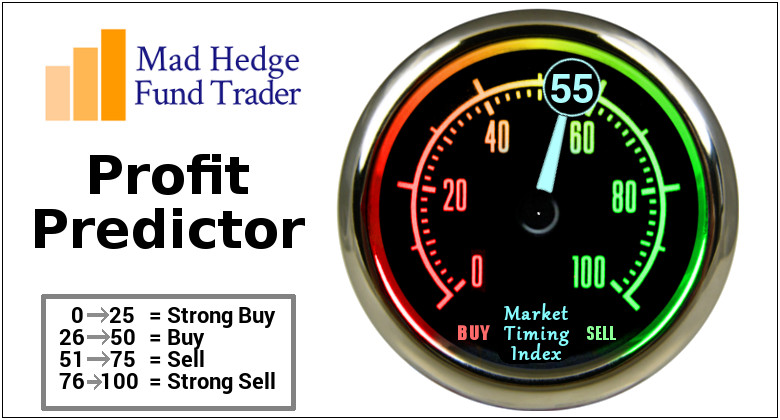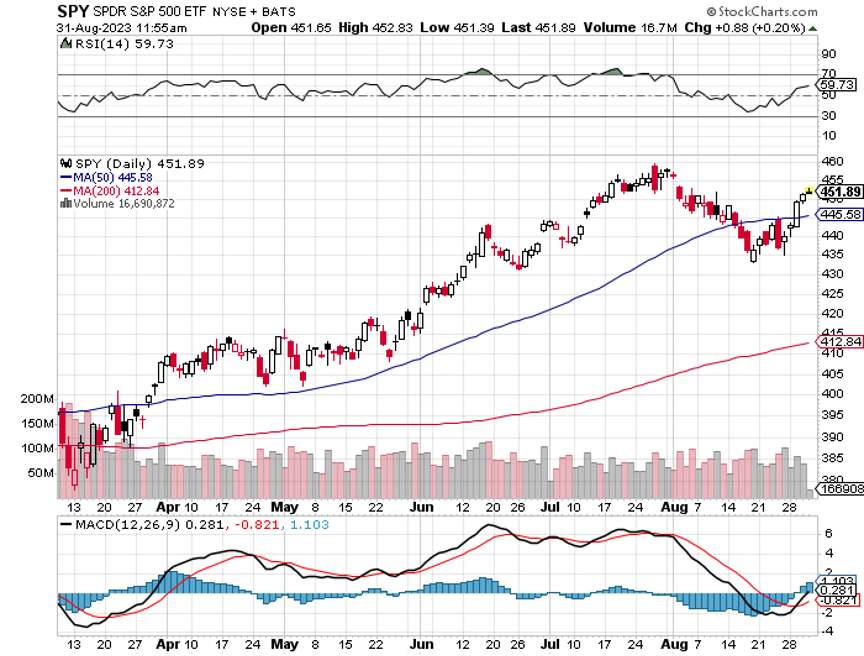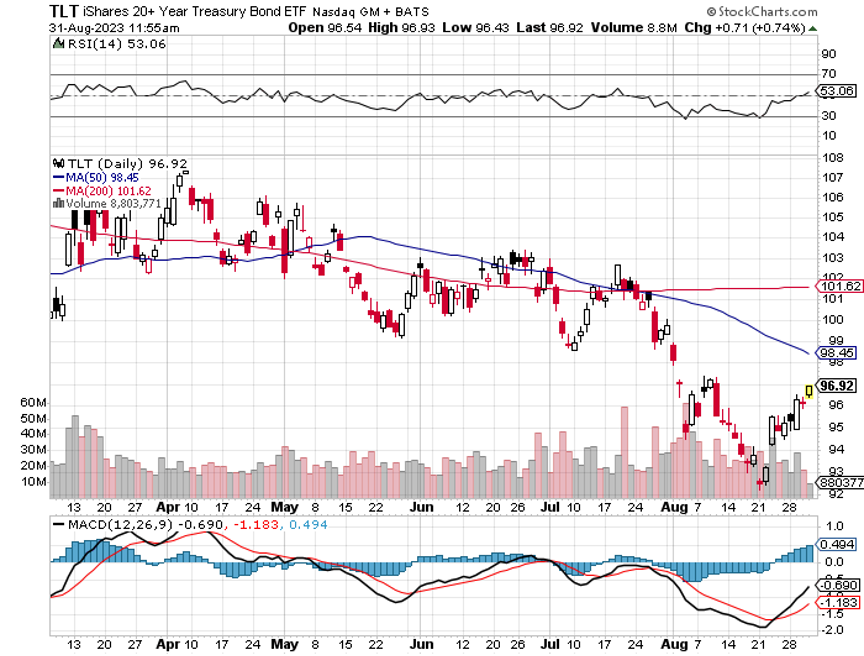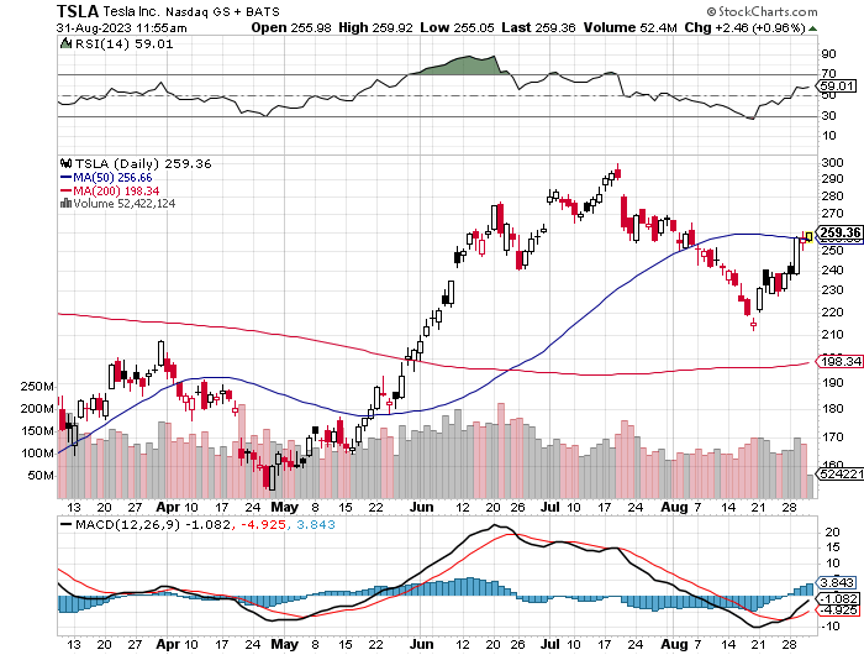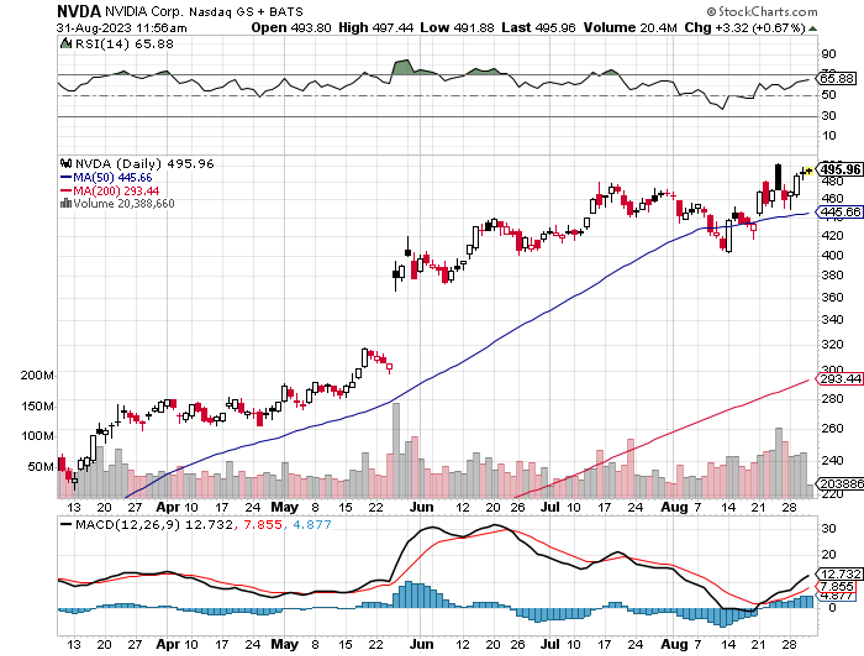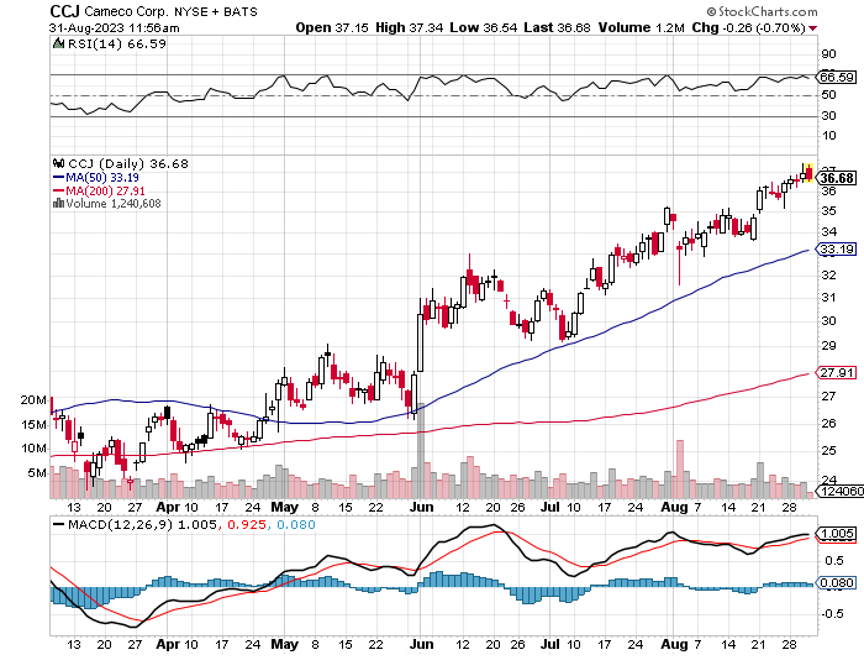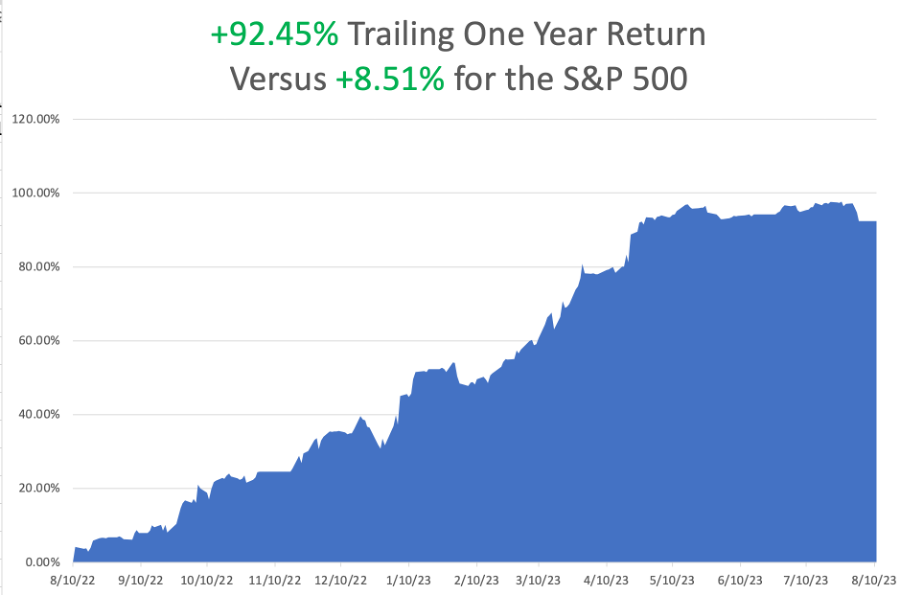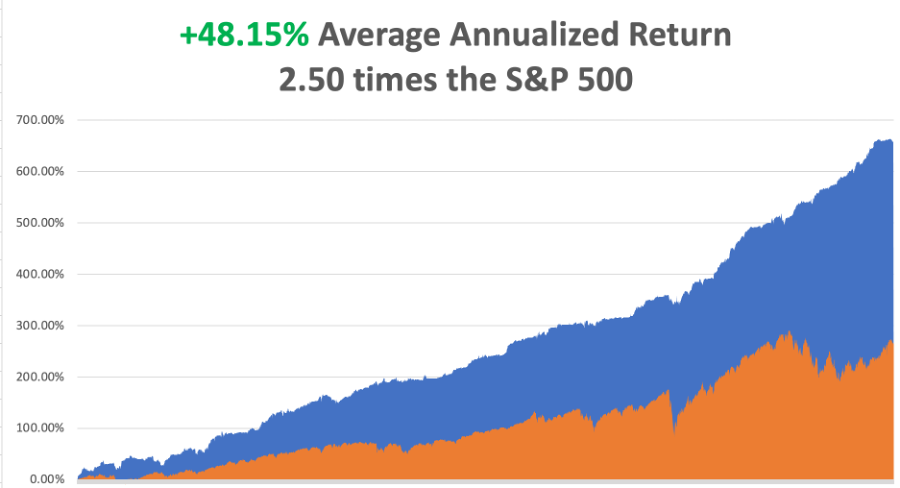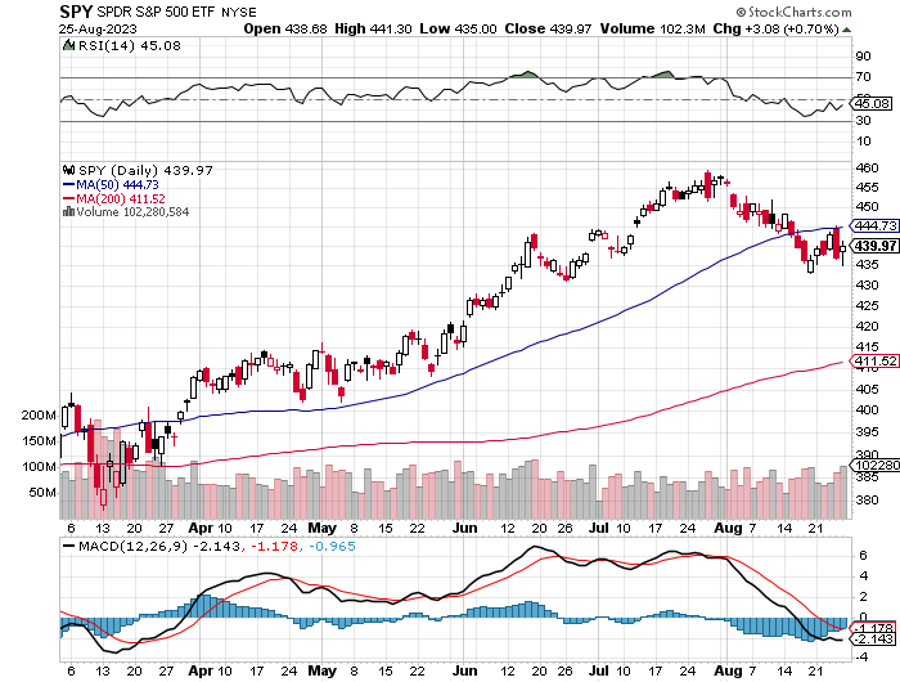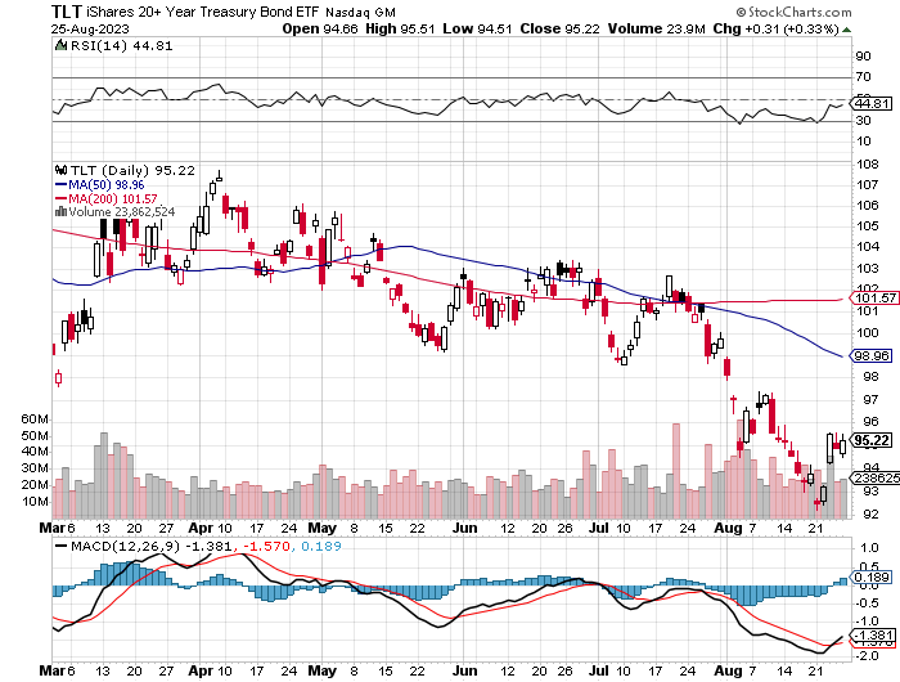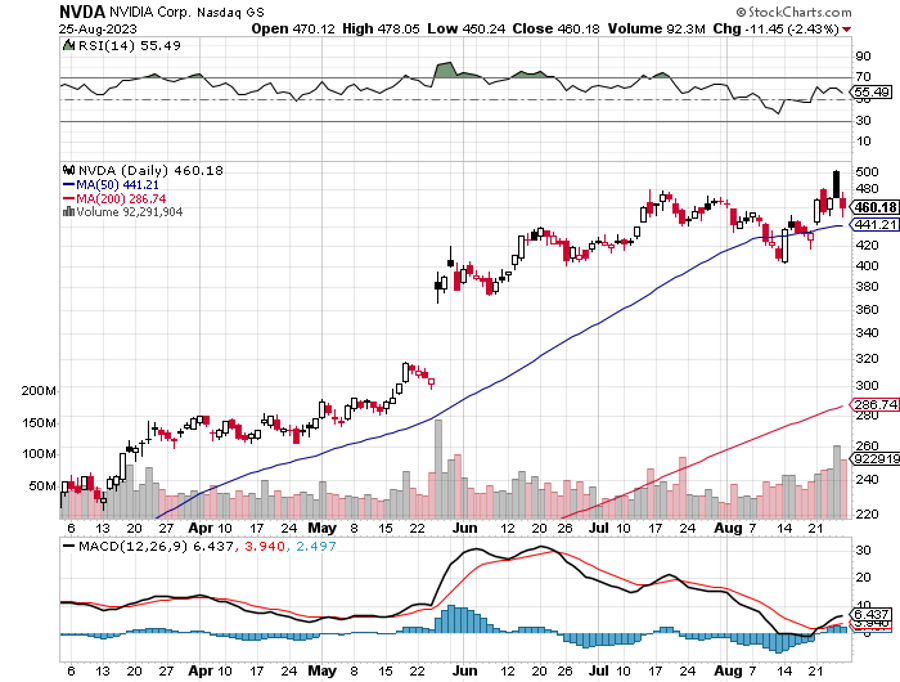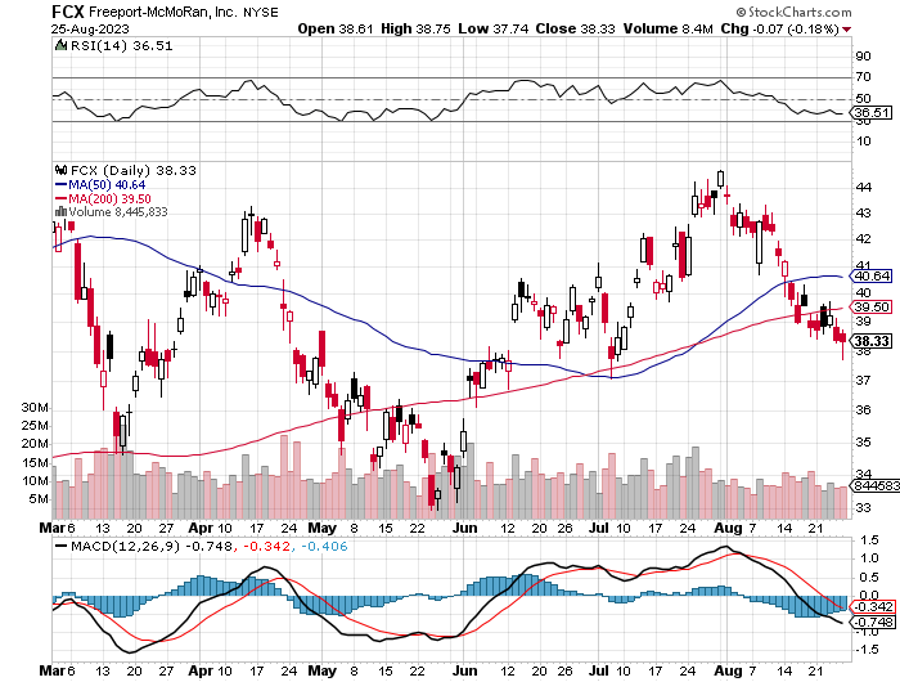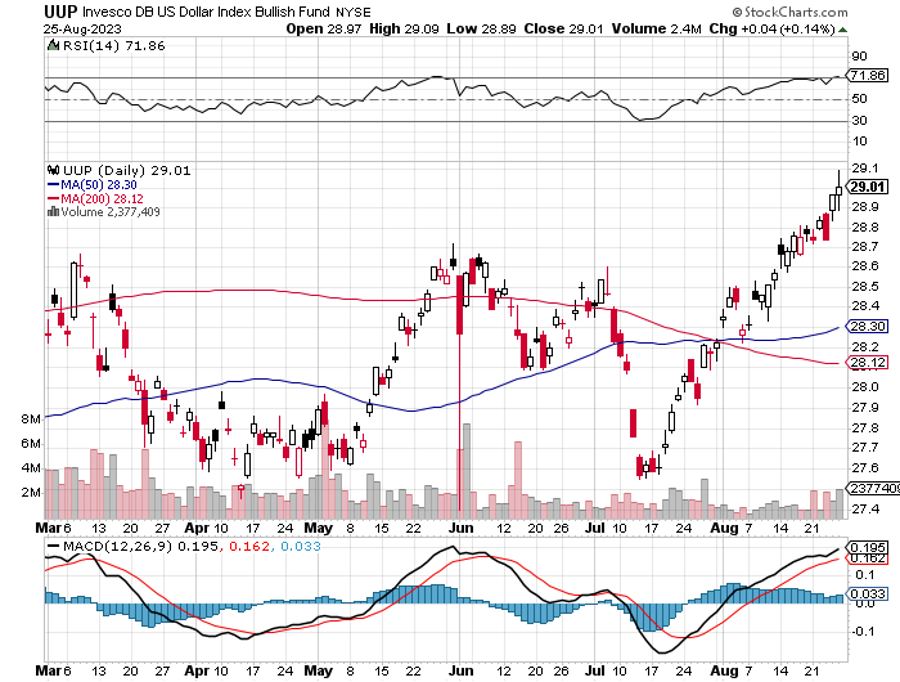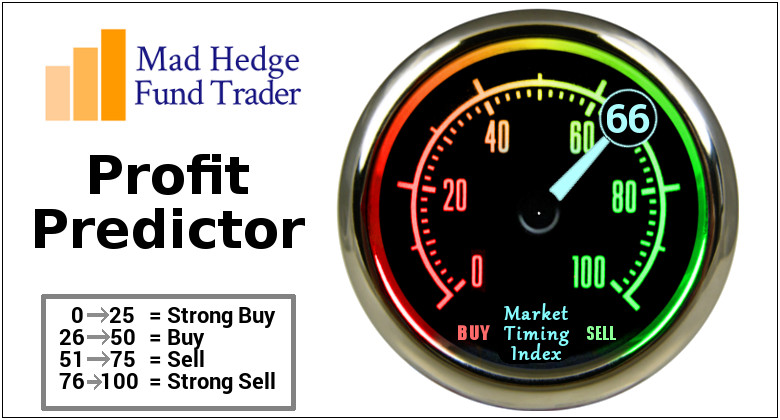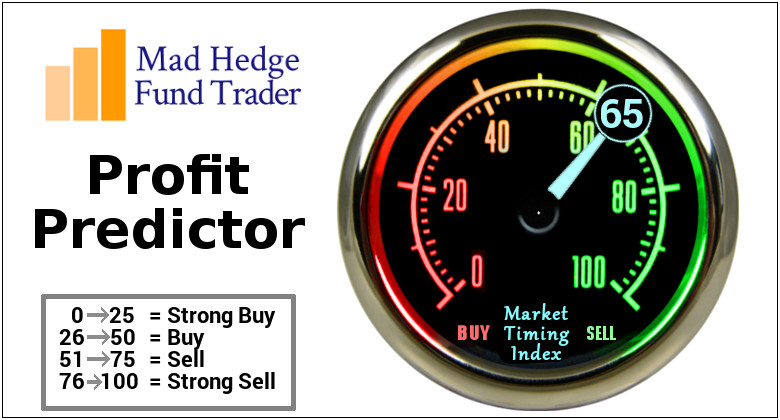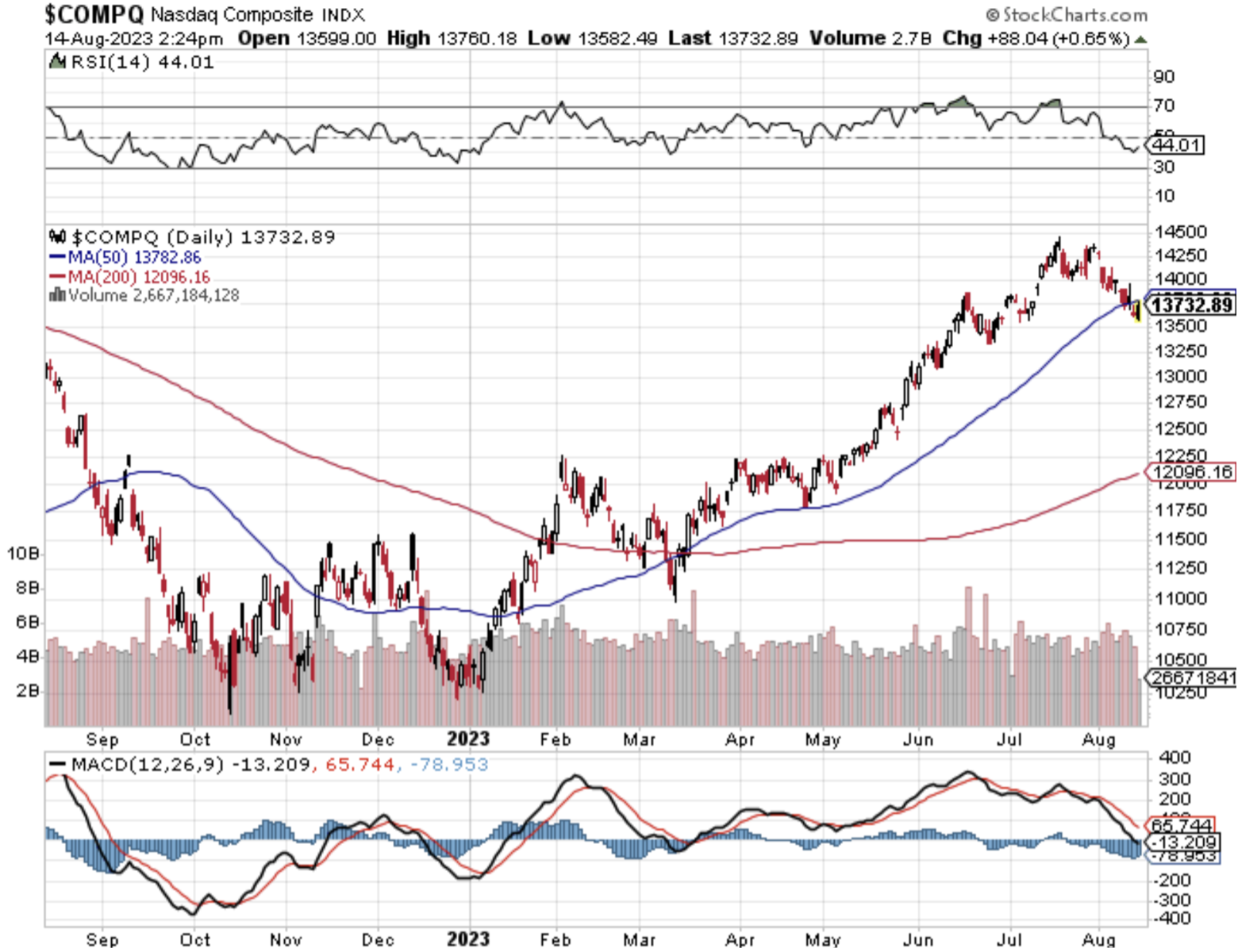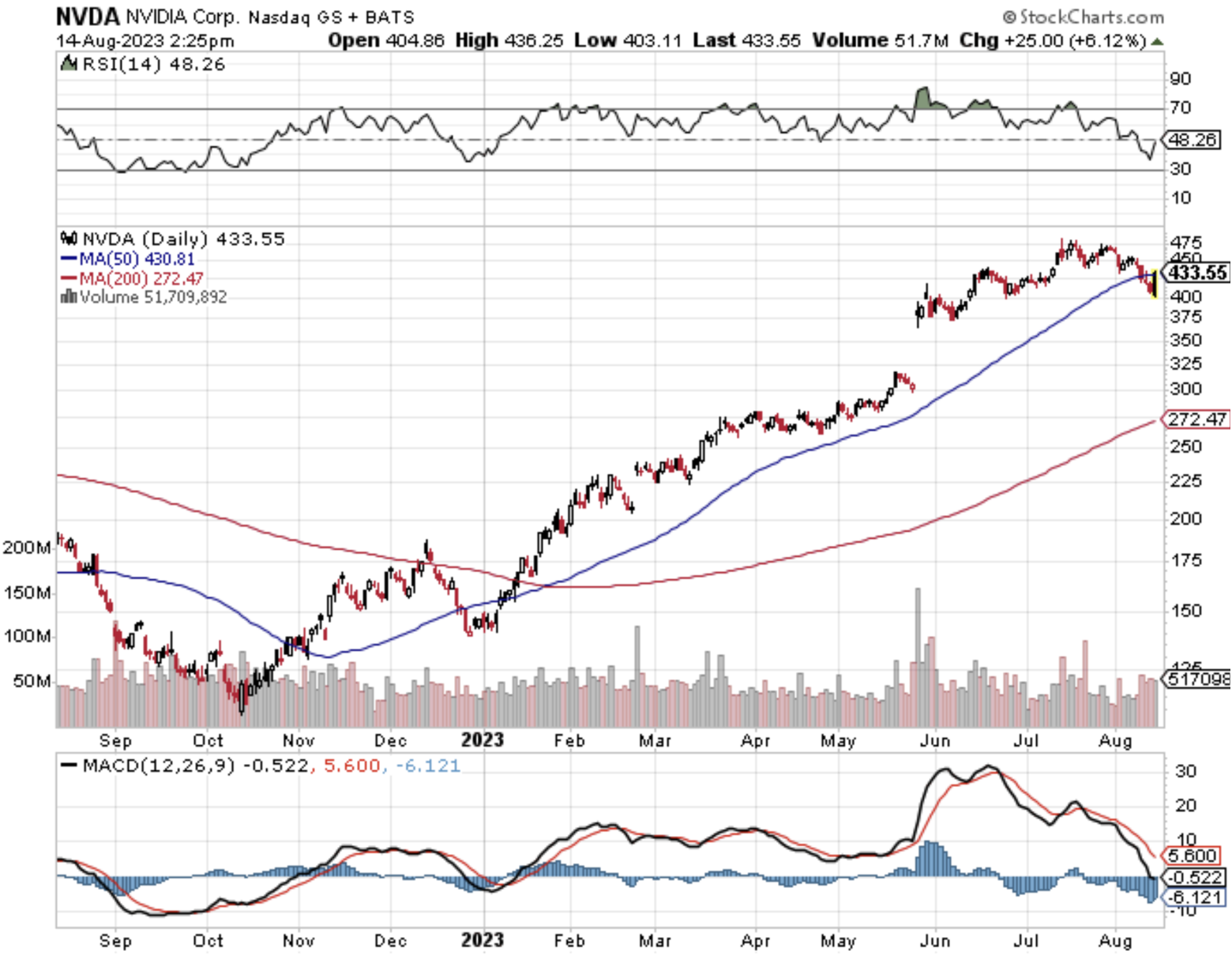If any of you ever had concerns about the long-term future of the United States of America you can put them to rest.
Escaping from Silicon Valley to the cooling majestic heights of the High Sierras ahead of the Labor Day weekend, Google Maps directed to a series of back roads to avoid the traffic Armageddon taking place on the freeways.
Known as the “Delta Highway,” I had to cross three ancient rickety 100-year-old bridges just to get to Stockton.
And you know what I saw?
The proverbial “majestic waves of grain.”
I passed square mile after square mile of ripening corn “as high as an elephant’s eye”. Next came square miles of fields in fallow planted with clover capturing nitrogen. That was followed by miles of the darkest and richest earth you ever saw ready for new planting.
The fields were intermittently spaced with You-Pick cherry and peach orchards crowded with Asian customers. To them, the fact you can just drive out into the countryside and pick fresh fruit for $5 a bucket was utterly amazing.
One of the questions I get asked most often from the top down is whether China will invade Taiwan. My answer is always the same: Not a chance. They’ll never do more than bluff as they have done for the last 70 years.
That is because modern China exists only because of America’s good graces. If they invaded, we would cut of their food supply the next day. There are no alternative food supplies for 1.2 billion people anywhere in the world.
Over time, they might develop some supplies in South America or Africa but by the time those had any meaningful impact, half the population would starve to death. Everything in agriculture happens slowly.
I’ve been in China during famines and let me tell you it’s no fun. There is no substitute for food, not at any price.
We know this, the Chinese know this, everybody knows this.
The power of nations used to be measured in food production, bushels of wheat in the West and baskets of rice in Asia. To some extent it still is. Who are the largest producers of food in the world? China, India, the US, and Brazil. But the first two consume their entire output and then some, while the last two are the world’s largest food exporters by miles.
Of course, China will take Taiwan if we give it to them. That’s why it’s useful to keep our Seventh Fleet in the neighborhood just to remind them that we’re still watching. It’s also not a bad idea to bring some of our semiconductor production home as well just as a hedge, a risk control measure.
So you can stop asking me if China will invade Taiwan.
In the meantime, regarding your personal investment strategy, there is only one number you need to know: $5.6 trillion. That is the amount of cash, cash equivalents, money, market funds, and 90-day T-bills sitting on the sidelines waiting to go into risk assets.
And by risk assets, I mean stocks, bonds, commodities, precious metals, energy, and real estate.
Incredible as it may seem, the majority of investors still don’t believe that the greatest bull market of the ages started on October 15, 2022. They think we are in a bear market and are waiting for better buying opportunities much lower down.
Partly this is happening because they are being told by their political leaders that the US has the worst economy in the world. When they come to the harsh reality that the opposite is true, that the US has the best economy in the world by far, money will come pouring off the sidelines and take stocks up at least until 2030.
This will take place no later than October by my reckoning.
That’s when a New Golden Age kicks off that will last a decade or more, driven by AI, quantum computers, graphene, carbon fiber, free energy, superconductivity, solid state batteries, and 100 other hyper-accelerating technologies.
Make concentration of the wealth at the top work for you and get involved in the market. Become one of the 1%. I’ve done it starting from a very low base. Keep those 90-day T-bills at your peril, no matter how attractive those 5.35% guaranteed yields may be.
Which leads us to a quandary.
Stocks never got cheap during the summer selloff, they just dropped from very expensive to expensive. The Mad Hedge AI Market Timing Index didn’t get lower than 45 compared to the usual low of 20, or even 3 (the pandemic low).
That means we are going to have to invest on the basis of stocks going from expensive to extremely expensive. It’s not the game we are used to playing. But stocks have done this before.
The (QQQ) traded at a price-earnings multiple of 100 times earnings at the Dotcom Bubble top in 2000 compared to only 30.79 times now and that was only with a fraction of the emerging technologies currently under development.
You can wait for The Mad Hedge AI Market Timing Index to get to 20, or even 3, but it might never happen.
I just thought you’d like to know.
So far in September, we are unchanged with a +0.00% return. My 2023 year-to-date performance is still at an eye-popping +60.80%. The S&P 500 (SPY) is up +17.10% so far in 2023. My trailing one-year return reached +92.45% versus +8.45% for the S&P 500.
That brings my 15-year total return to +657.99%. My average annualized return has fallen back to +48.15%, another new high, some 2.50 times the S&P 500 over the same period.
Some 41 of my 46 trades this year have been profitable.
Nonfarm Payroll Comes in Weak, at 187,000, in August. The Headline Unemployment rate posted at near a 50-year low at 3.8%.
It’s the third month in a row under 200,000. The U-6 “discouraged worker” rate popped from 6.7% to 7.1%. Strikes are becoming a factor. The news took the ten-year US Treasury bond yield (TLT) under 4.0% for the first time in months.
Weekly Jobless Claims Decline to 228,000 as the economy heats up. 235,000 was expected. Continuing Claims are at 1.9 million.
Jolts Disappoints, with new job openings coming in at only 8.83 million, a 2 ½ year low. The labor shortage is getting worse, suggesting that the headline Unemployment Rate could rise on Friday and that inflation will continue falling. The drop in openings reflected declines in professional and business services, health care, and government. Hold on to your hat!
Apple (AAPL) to Launch New iPhone 15 on September 15. The highlight of the event will be the iPhone 15 lineup, which will include two entry-level models and two high-end models. The lower-end devices, likely to be called the iPhone 15 and 15 Plus, will get some capabilities of last year’s Pro models — the A16 chip, Dynamic Island interface, and a 48-megapixel rear camera — but retain the current design.
Bank Earnings Forecasts Cut, by Wells Fargo’s Mike Mayo, a noted bank analyst. New regulations are raising costs across the board. Capital requirements are rising. You can count on share buybacks to be paid back. More business is being pushed outside the banking system. Stand back from bank shares until we learn the new paradigm.
India Attempts to Win the Next Tesla Factory (TSLA), buy offering to cut import duties. Elon Musk would certainly love the non-union labor costs there. The world’s third largest car market has only an EV penetration of 2% because of the high duties, which currently range from 60%-100%.
Hedge Fund Exposure to “Magnificent Seven” at All-Time High, says Goldman Sachs. It amounts to 20% of all hedge fund holdings. Megacap tech and AI still rule. It’s momentum on steroids.
Crypto Trading Volume Hits Four-Year Low. With the SEC cracking down on all intermediaries this asset class will eventually shrink down to “hot wallets” only. No helping is a hangover of massive fraud and theft. Avoid all crypto like the plague.
Case Shiller Rises 0.7% in June, launching the shares on its usual preannouncement uptrend. High mortgage interest rates seem to no longer be having an effect. Chicago, Cleveland, and New York again reported the highest year-over-year gains among the 20 cities in June at 4.2%, 4.1%, and 3.4%, respectively.
Bigfoot Sightings are Rising, in the form of Tesla Cybertruck whose widespread release in imminent. It will be one of the greatest automotive events in history, with several generational upgrades for the general Tesla platform in store. The waiting list is 2 million long, including myself. Buy (TSLA) on dips or sell short out-of-the-money puts.
Amgen Gets FTC Go Ahead on $27.8 billion Horizon Deal and holds on to monster August gains. (AMGN) is a long-term Mad Hedge Biotech & Health Care favorite. The Stock has popped an impressive 27% since June. You can’t keep a good stock down!
My Ten-Year View
When we come out the other side of the recession, we will be perfectly poised to launch into my new American Golden Age, or the next Roaring Twenties. The economy decarbonizing and technology hyper accelerating, creating enormous investment opportunities. The Dow Average will rise by 800% to 240,000 or more in the coming decade. The new America will be far more efficient and profitable than the old.
Dow 240,000 here we come!
On Monday, September 4, US markets are closed for Labor Day.
On Tuesday, September 5 at 7:00 AM EST, US Factory Orders are released.
On Wednesday, September 6 at 7:00 AM, the ISM Services PMI is published.
On Thursday, September 7 at 8:30 AM, the Weekly Jobless Claims are announced.
On Friday, September 8 at 12:00 PM, the Used Car Prices for August are published. At 2:00 PM, the Baker Hughes Rig Count is printed.
As for me, as a lifetime oenophile, or wine lover, I long searched for the Holy Grail of the perfect bottle. I finally found my quarry in 1989.
During the 19th century, Russia was still an emerging country that sought to import advanced European technology. So, they sent agents to the top wine-growing regions of the continent to bring back cuttings from the finest first-growth Bordeaux vineyards to create a domestic wine industry. They succeeded beyond all expectations building a major wine industry in Crimea on the Black Sea.
Then the Russian Revolution broke out in 1918.
Czar Nicholas II and his family were executed in Yekaterinburg, and eventually, the wine industry was taken over by the Soviet state. They kept it going because wine exports brought in valuable foreign exchange which the government could use to import expensive foreign equipment and industrialize the country.
Then the Germans invaded in 1941.
Not wanting the enemy to capture a 100-year stockpile of fine wine, the managers of the Massandra winery dug a 100-yard-deep cave, moved their bottles in, bricked up the entrance, and hid it with shrubs. Then everyone involved in hiding the wine was killed in the war.
Some 45 years later, looking to expand the facility some Massandra workers stumbled across the entrance to the cave. Inside, they found a million bottles dating back to the 1850s kept in perfect storage conditions. It was a sensation in the wine-collecting world.
To cash in they hired Sotheby’s in London to repackage and auction off the wine one case at a time. It was the auction event of the year. For years afterwards, you could buy glasses of 100-year-old ports and sherries from the Czar’s own private stock at your local neighborhood restaurant in London for $5, the deal of the century. The market was flooded.
I attended the auction at Sotheby’s packed Bond Street showroom. The superstars of the wine-collecting world were there with open checkbooks, including one of the Koch brothers from Texas. I sat there with my paddle number 138 but was outbid repeatedly and wondered if I would get anything. In the end, I managed to pick up three of the less popular cases, an 1894 Lividia port, a 1938 sherry, and a 1940 port for about $25 a bottle each.
For years, these were my special occasion wines. I opened one when I was appointed a director of Morgan Stanley. Others went to favored hedge fund clients at Christmas. My 50th, 60th, and 70th birthdays ate into the inventory. So did the birth of children numbers four and five. Several high school fundraisers saw bottles earn $1,000 each.
One of the 1894s met its end when I came home from the Gulf War in 1992. Hey, the last Czar didn’t drink it and look at what happened to him! Another one bit the dust when I sold my hedge fund at the absolute Dotcom Bubble market top in 2000. So did capturing 6,000 new subscribers for the Mad Hedge Fund Trader in 2010, leaving me with 2,000 checks to cash.
It turns out that the empties were quite nice too, 130-year-old hand-blown green glass, each one is a sculpture in its own right.
I am now reaching the end of the road and only have a half dozen bottles left. I could always sell them on eBay where they now fetch up to $6,000 per bottle.
But you know what? I’d rather have six more celebrations than take in a few grand.
Any suggestions?
My Massandra 1894 Lividia Port






